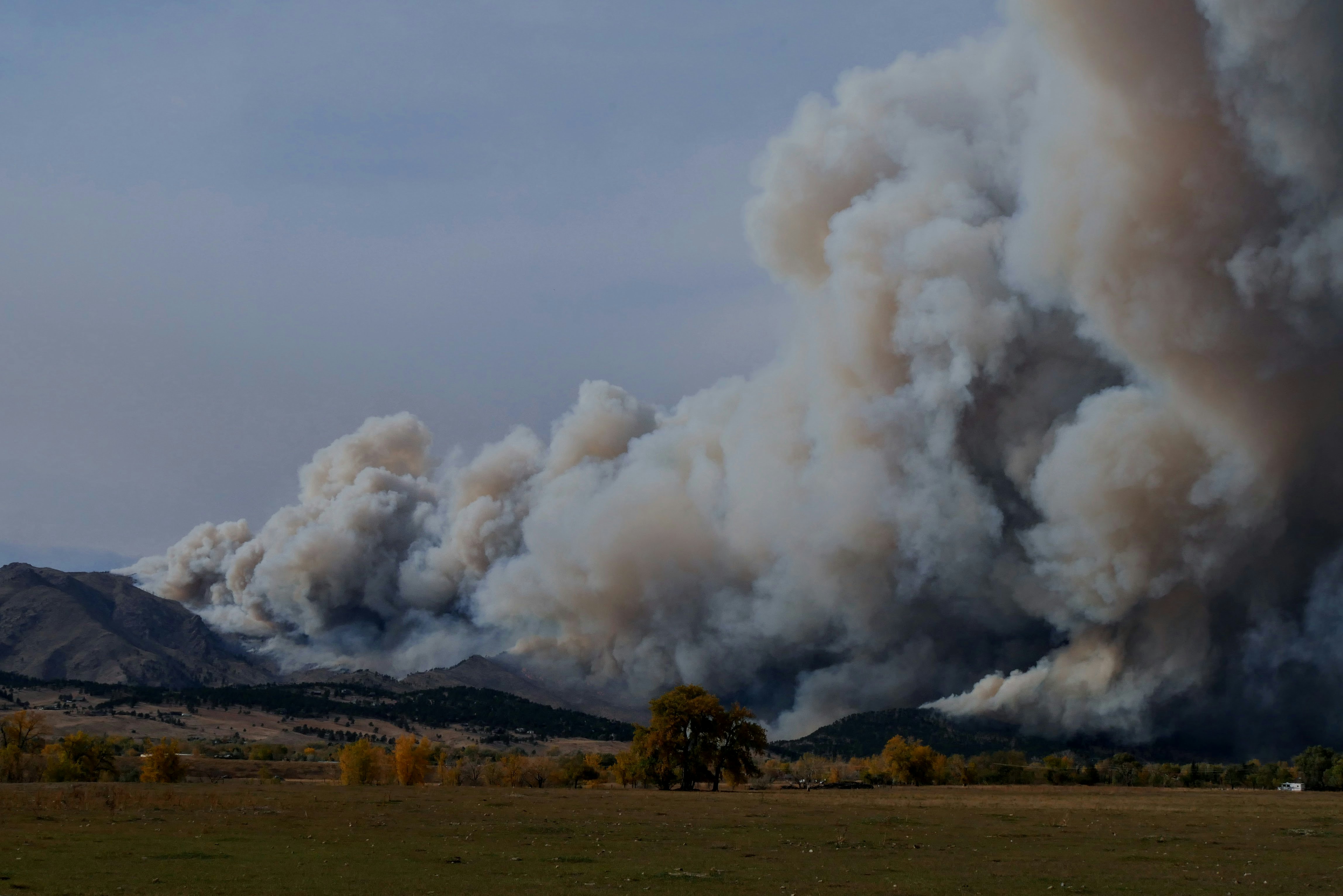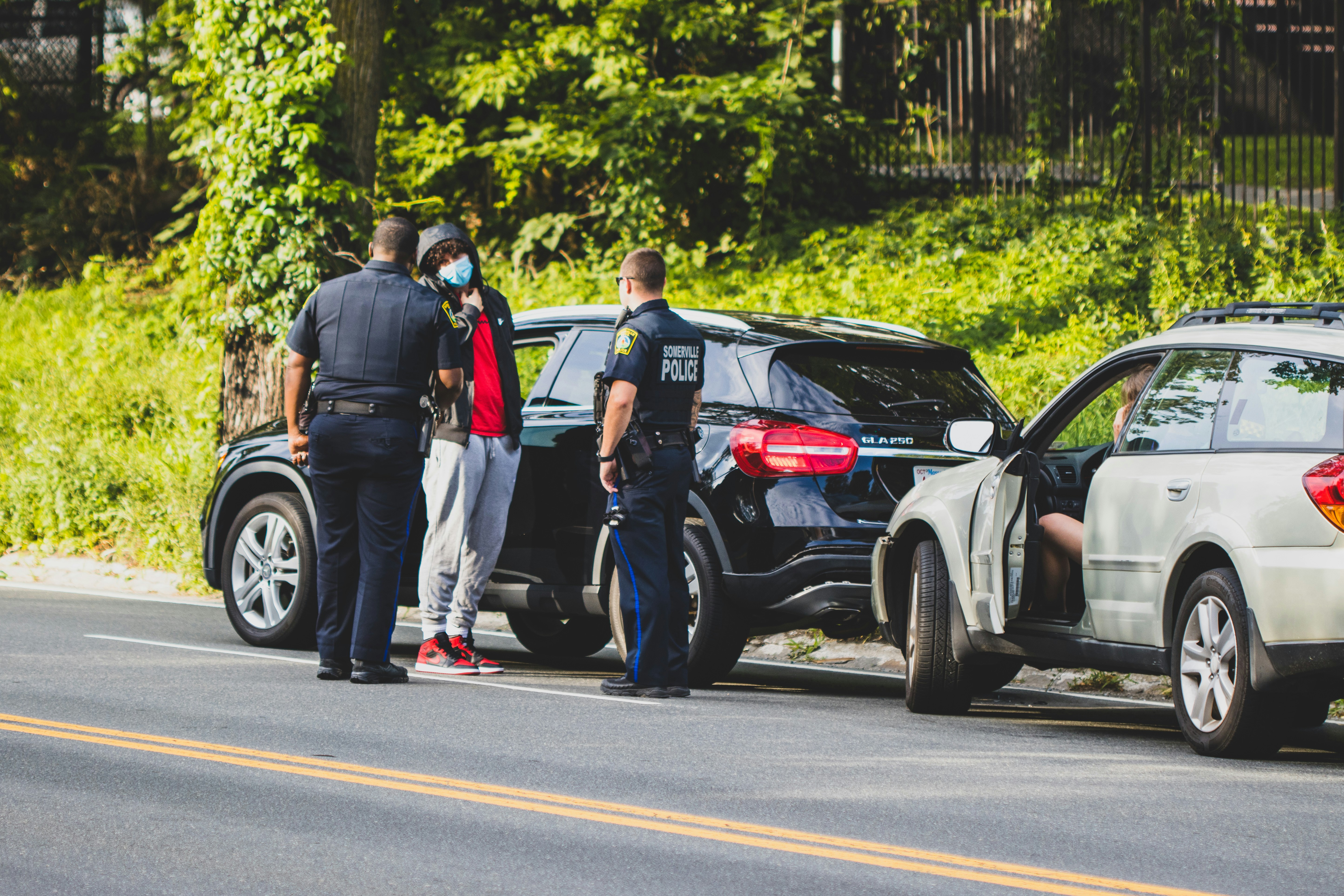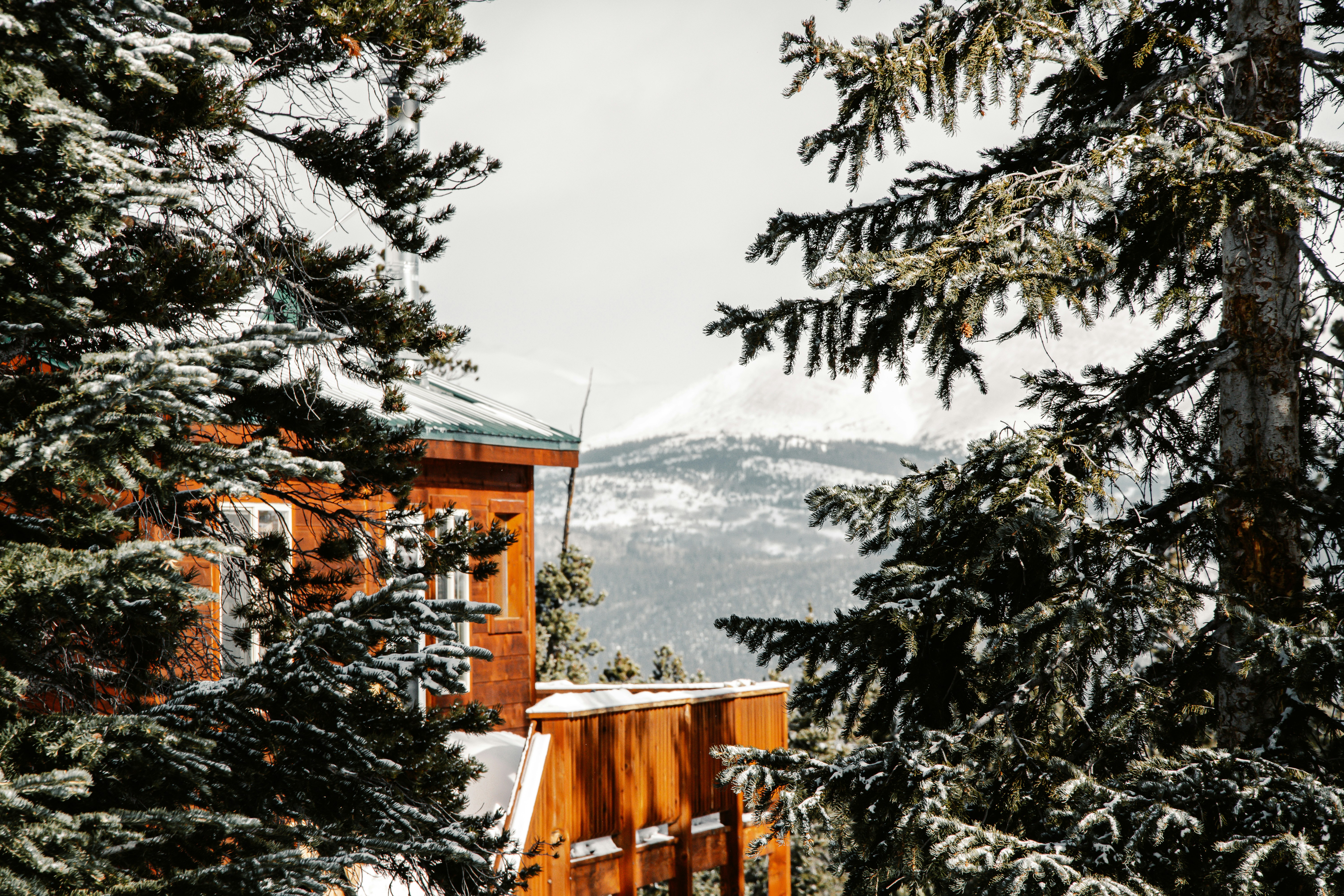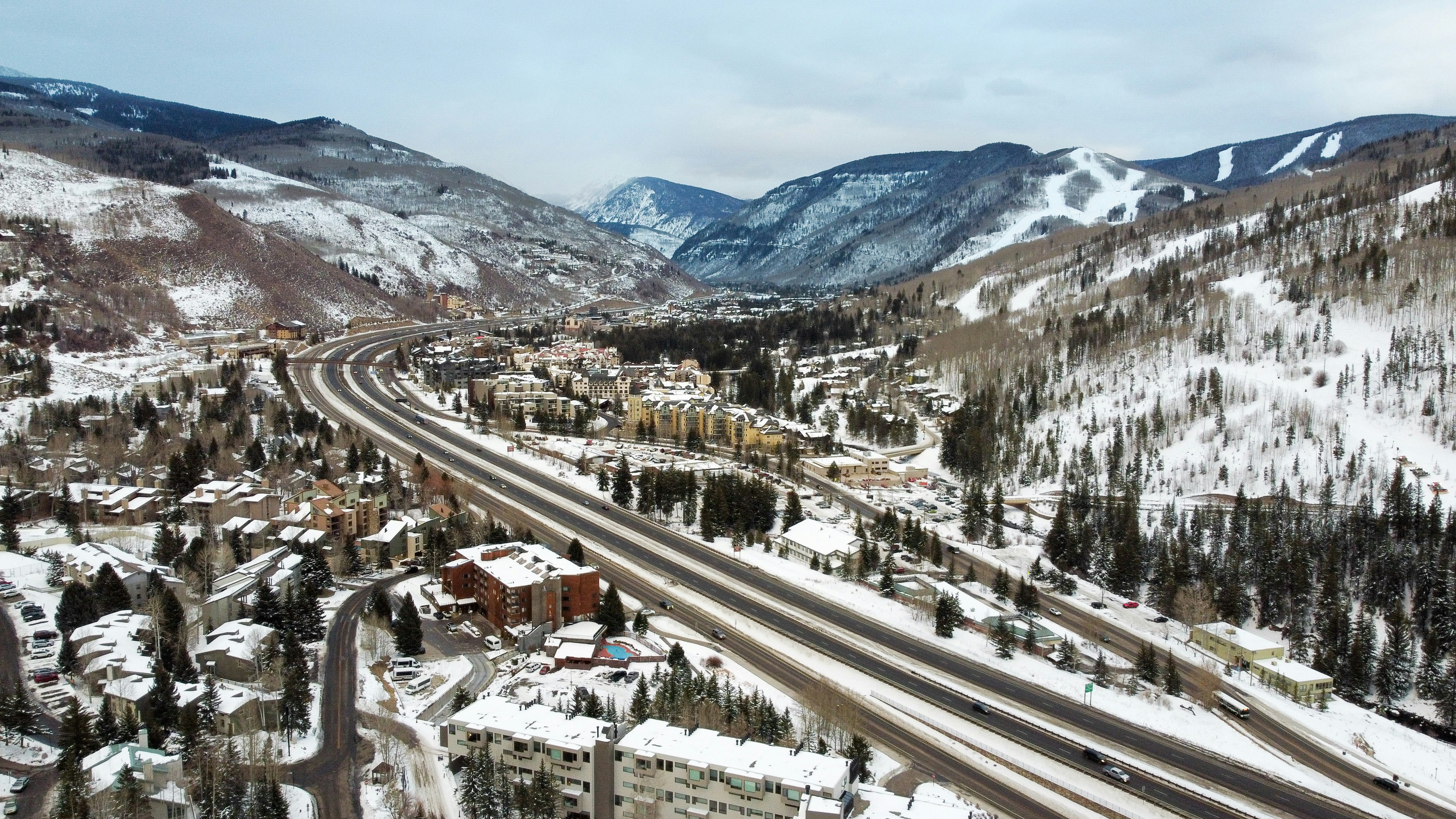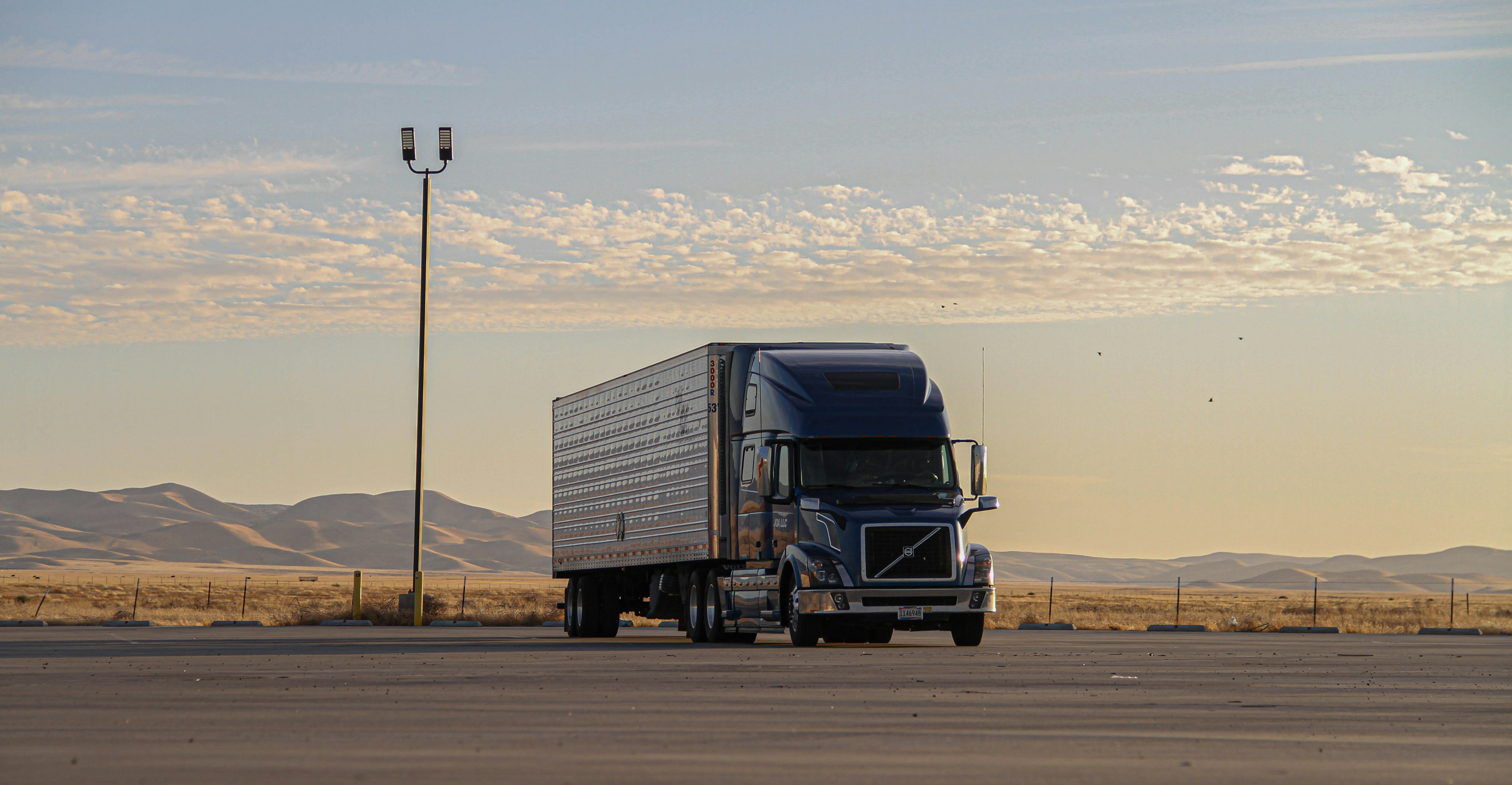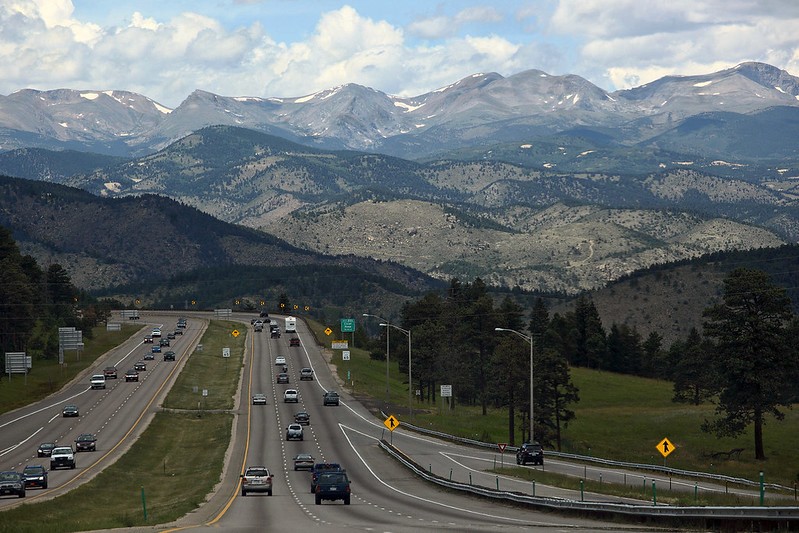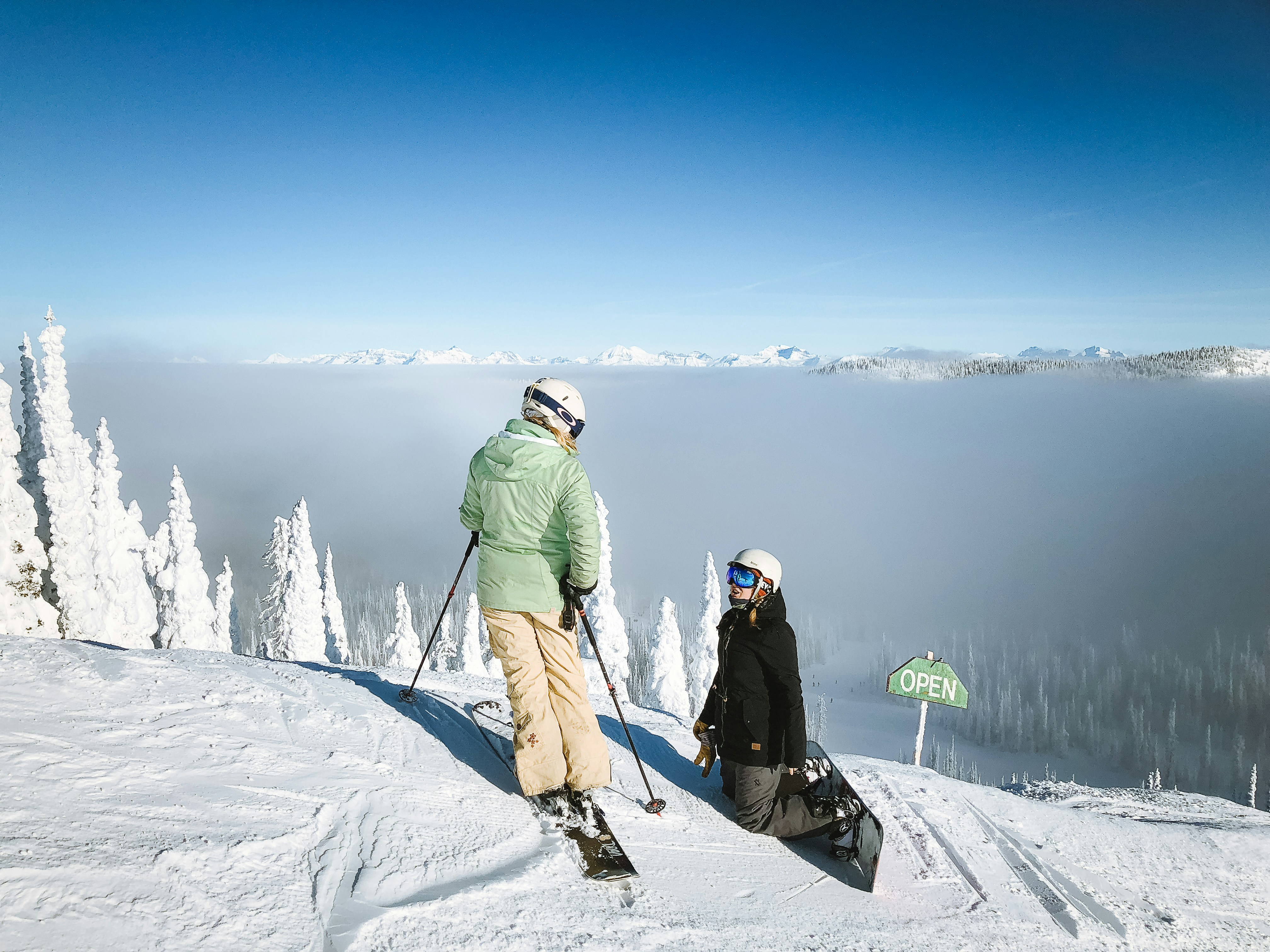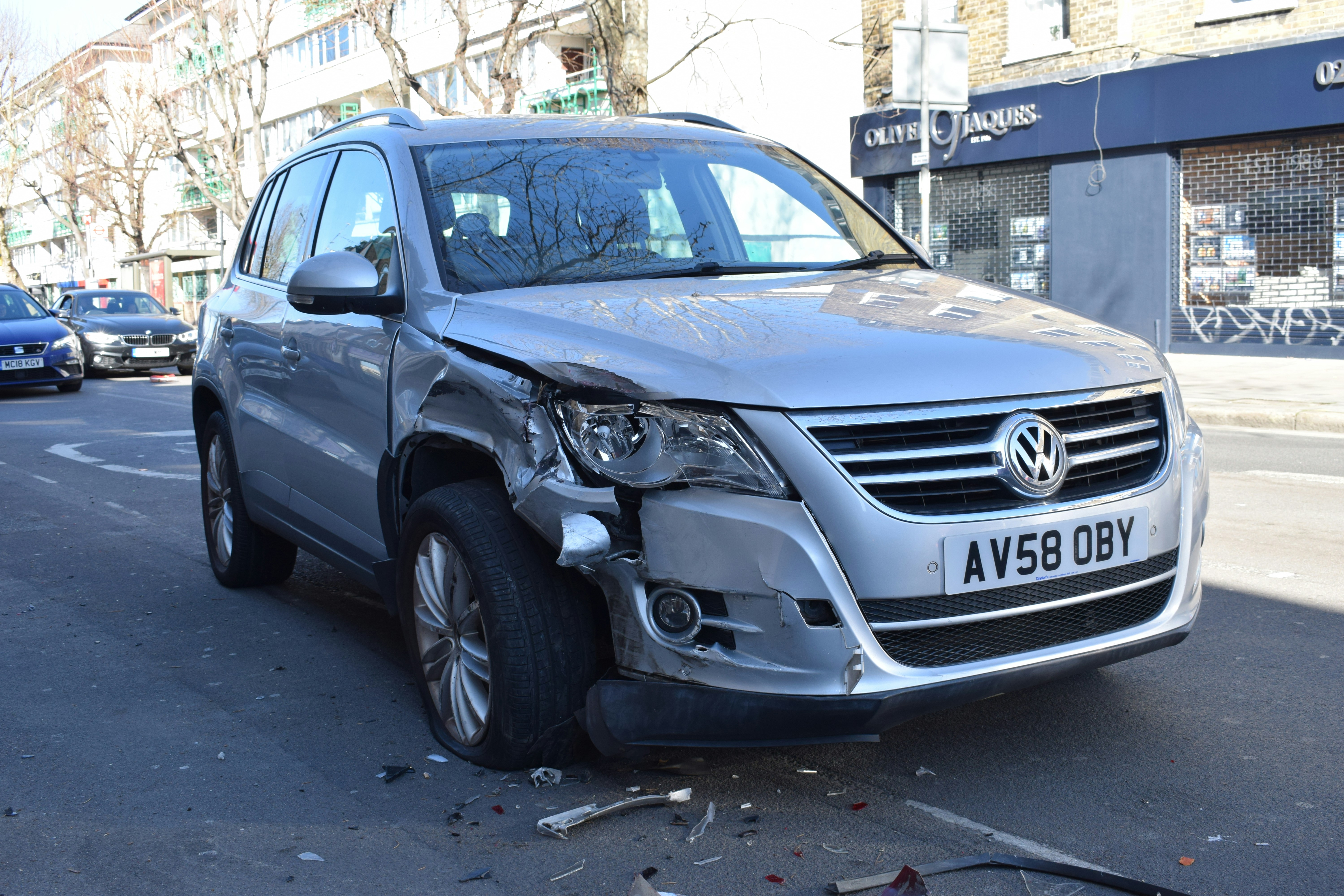Roof Damage Lawyers: A Guide to Insurance Disputes
Post date :
February 15, 2024

Founder, Western Slope Law
Colorado homeowners face some of the highest risks and costs for roof damage in the country. In fact, homeowners insurance premiums in Colorado have increased nearly 60% in just five years – due in part to the state’s notorious hail storms and wildfires. Unfortunately, getting your insurance to pay for a damaged roof isn’t always easy.
Many Colorado homeowners struggle with denied or underpaid roof claims, even for legitimate storm damage. In the past year alone, the Colorado Division of Insurance received nearly 7,000 consumer complaints and inquiries about insurance issues, recovering $26.4 million for policyholders where claims had been wrongly delayed or denied.
Common Reasons for Roof Damage Claims in Colorado
What kinds of situations lead homeowners to file roof damage insurance claims or even consider legal action? In Colorado, roof damage typically happens due to our extreme weather. Here are some of the most common causes of roof damage claims:
Heavy Snow and Ice: Mountain and foothill communities in Colorado endure heavy snowfalls. The weight of accumulated snow and ice can strain a roof’s structure. If snow isn’t cleared, it can lead to roof collapses or leaks when melting water seeps under shingles and refreezes (causing ice dams). For example, one winter brought over 12 feet of snow to parts of Summit County, and a Breckenridge conference center’s roof collapsed under the weight of the snow. Even in the Denver area, a wet spring blizzard can dump heavy, wet snow that flat roofs or older structures may not withstand. Homeowners often need to file claims for structural repairs after such events.
Hail Storms: Hail is the number one culprit for roof damage in Colorado. Our state lies in “hail alley” and gets hit by large hailstones each spring and summer. These ice balls can crack shingles, knock off granules, and even puncture roofs. From 2017 to 2019, Colorado homeowners filed over 380,000 hail damage claims – the second most in the nation. With that kind of hail, it’s easy to see how roofs take a beating.
High Winds and Tornadoes: Colorado’s powerful windstorms can tear shingles off a roof or send debris flying. Chinook winds along the Front Range and summer thunderstorms often bring hurricane-force gusts (over 100 mph in some cases). These winds can peel back roofing materials or topple trees onto houses.
Falling Trees or Debris: Our wild weather can also lead to falling branches or trees. High winds or heavy snow might snap tree limbs, which can crash through a roof. Likewise, hail or lightning can break off pieces of roofing or chimneys. Colorado’s summer thunderstorms sometimes drop large branches onto homes. These impacts can create big holes in the roof or damage the underlying structure, requiring immediate repair.
Wildfires and Other Causes: While wildfires usually devastate entire homes, even smaller fires or wind-blown embers can char a roof. In recent wildfire events, wind-driven flames destroyed hundreds of homes (e.g. the Marshall Fire in 2021) and left others with partial roof damage from ember storms. Additionally, heavy rainstorms occasionally cause roof leaks or even localized flooding that affects roofs. All of these events can lead to insurance claims for roof repairs or replacement.
Why Do Insurance Companies Deny Roof Claims?
Filing a claim doesn’t always mean an automatic payout. Insurance companies are businesses, and they often look for ways to minimize what they pay on a roof claim. In fact, consumer advocates say some insurers have become more aggressive in denying or limiting hail damage claims in recent years. Here are some common reasons insurance companies give for denying or reducing roof damage claims:
“Wear and Tear” vs. Storm Damage: One of the most frequent excuses is that the damage isn’t from the storm at all, but from long-term aging or lack of maintenance. If your roof was already old or in mediocre shape, an insurer may argue the leaks or missing shingles existed before the hailstorm. They might call it “normal wear and tear,” which is typically not covered by insurance. Essentially, they claim the roof was bound to fail due to age, not because of the recent event. This is a gray area that insurers sometimes exploit to avoid paying.
“Cosmetic” Damage Claims: Another tactic is labeling the damage as purely cosmetic. Insurers may admit a hailstorm hit your roof but insist that the impact only affected the appearance without harming the roof’s ability to function. In those cases, they might offer a very small payout or none at all, saying the damage doesn’t need fixing. It often takes an expert eye to challenge that claim.
Policy Exclusions and Fine Print: Sometimes the reason is literally in the fine print of your policy. Home insurance policies can have special provisions for roofs. In Colorado, some insurers have started putting restrictions on coverage for older roofs. For example, roofs over 20 years old might only get “actual cash value” coverage, not full replacement. Your policy might also carry a separate wind/hail deductible – often a percentage of your home’s insured value – which can be much higher than your normal deductible.
Delayed Reporting or Insufficient Documentation: Insurance companies can deny claims if they believe you didn’t report the damage promptly or can’t prove it was from the claimed event. For instance, if a big hailstorm happened six months ago and you only noticed roof damage later, the insurer might argue there’s no proof that hail (versus normal wear) caused it. They may also require evidence like photos or a contractor’s report. Failure to document the damage right after the storm can give them grounds to deny.
High Volume of Claims / Cost Pressures: After a major hailstorm or wind event, insurance companies get swamped with claims. Huge payouts in Colorado from hail and storm damage put financial pressure on insurers. Some may respond by being extra strict in reviewing claims, hoping to cut costs. As one expert noted, big losses often make insurers “bold with nipping and tucking coverage,” meaning they might more readily deny or underpay claims to protect their bottom line.
Should I Get a Lawyer if My Roof Damage Claim Is Denied?
You might be wondering if you need to involve an attorney for a roof insurance dispute. The answer depends on the situation, but if you believe your claim was unfairly denied or the insurer isn’t offering enough to fix the damage, consulting a roof damage lawyer is often a smart move. Remember, the insurance company has experts (and lawyers) looking out for its interests – you deserve someone on your side too.
Importantly, Colorado has strong consumer protection laws when it comes to insurance claims. If an insurer unreasonably delays or denies paying a valid claim, state law allows the policyholder to seek the amount owed under the policy, a separate claim for up to double the amount of the benefit plus attorney’s fees and the costs of litigation. In other words, if your insurance company is found to have acted in “bad faith” (unreasonably or without cause), they could be forced to pay you three times what they owe, and cover your legal costs on top.
Here are a few signs that it might be time to get a lawyer involved:
Your claim was denied for questionable reasons: If you receive a denial letter that doesn’t add up (for example, blaming wear-and-tear when your roof was in good condition, or citing an exclusion that doesn’t plainly apply), an attorney can review your policy and the facts.
The payout offered won’t cover the repairs: Maybe the insurer didn’t outright deny your claim, but they are offering far less than your contractor’s estimate to fix the roof. This is effectively an underpayment. A roof damage lawyer can negotiate on your behalf, using industry experts to show the real cost of repair or replacement. If negotiation fails, the lawyer can help you sue for the full amount needed to restore your home.
Your insurer is stalling or ignoring you: Sometimes the claims process drags on with constant delays, requests for more paperwork, or unreturned calls. If months have passed and your roof still isn’t fixed because the insurance company hasn’t approved anything, a lawyer can apply pressure. Simply having legal representation often prompts a quicker response. In extreme cases, unreasonable delay is treated the same as denial under Colorado law, and a lawyer can pursue damages for that.
Complex or large loss: If your roof damage is part of a bigger disaster that involves multiple issues, or if the cost to repair is very high, legal guidance is wise. Large loss claims sometimes involve engineering reports or legal nuances that a specialized attorney will understand. Also, if multiple homes were affected, a lawyer might coordinate information that helps everyone’s case.
The good news is that initial consultations with an insurance claim attorney are often free. You can discuss your situation and get an expert opinion without obligation. A roof damage lawyer will explain your rights in plain language. They can also handle communications with the insurance company going forward, so you don’t have to deal with the stress of back-and-forth arguments. If it comes to a lawsuit, your lawyer will gather evidence to prove the damage should be covered under your policy.
How Hiring a Roof Damage Lawyer Can Help
Discovering serious roof damage to your home is stressful enough – but dealing with insurance disputes in the aftermath can be overwhelming. This is where hiring a roof damage lawyer can make a world of difference. At Western Slope Law, we’re here to help Colorado homeowners navigate these challenges. We understand the frustration of seeing a roof claim denied after a hailstorm or wind event that clearly damaged your property. Our team’s mission is to make the process easier for you and to hold insurance companies accountable to their promises.








